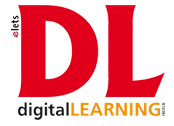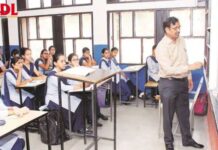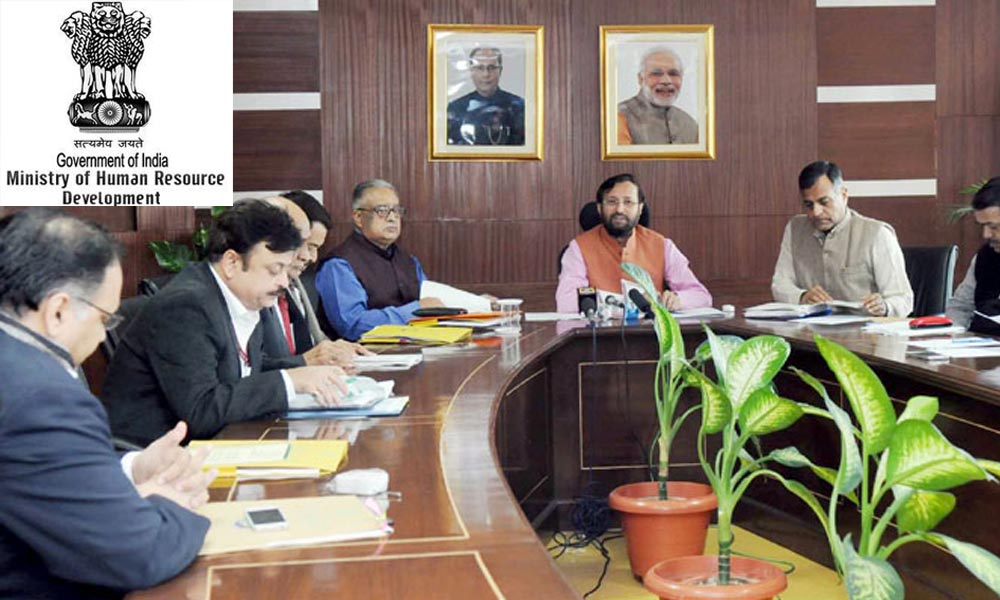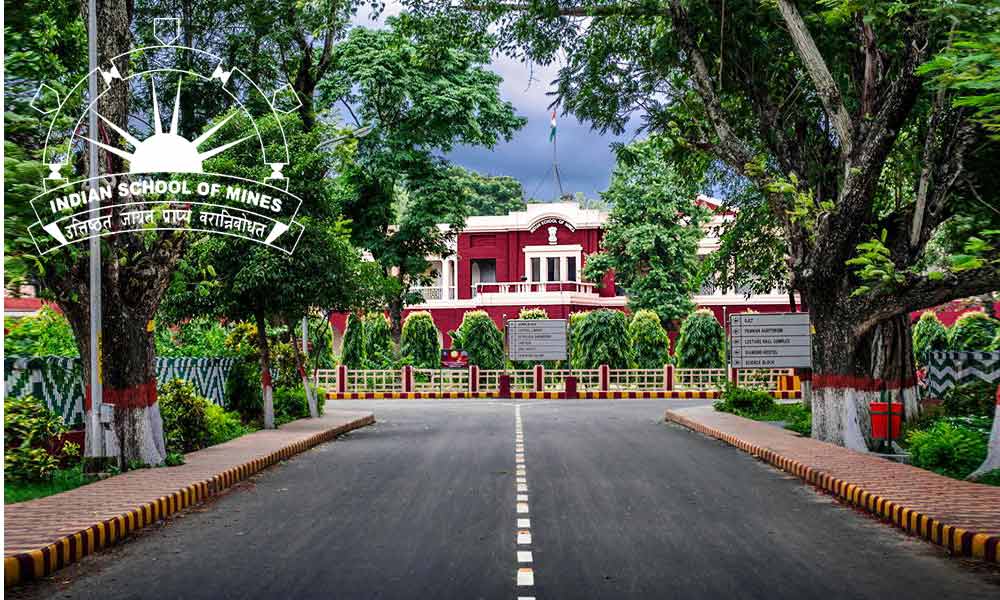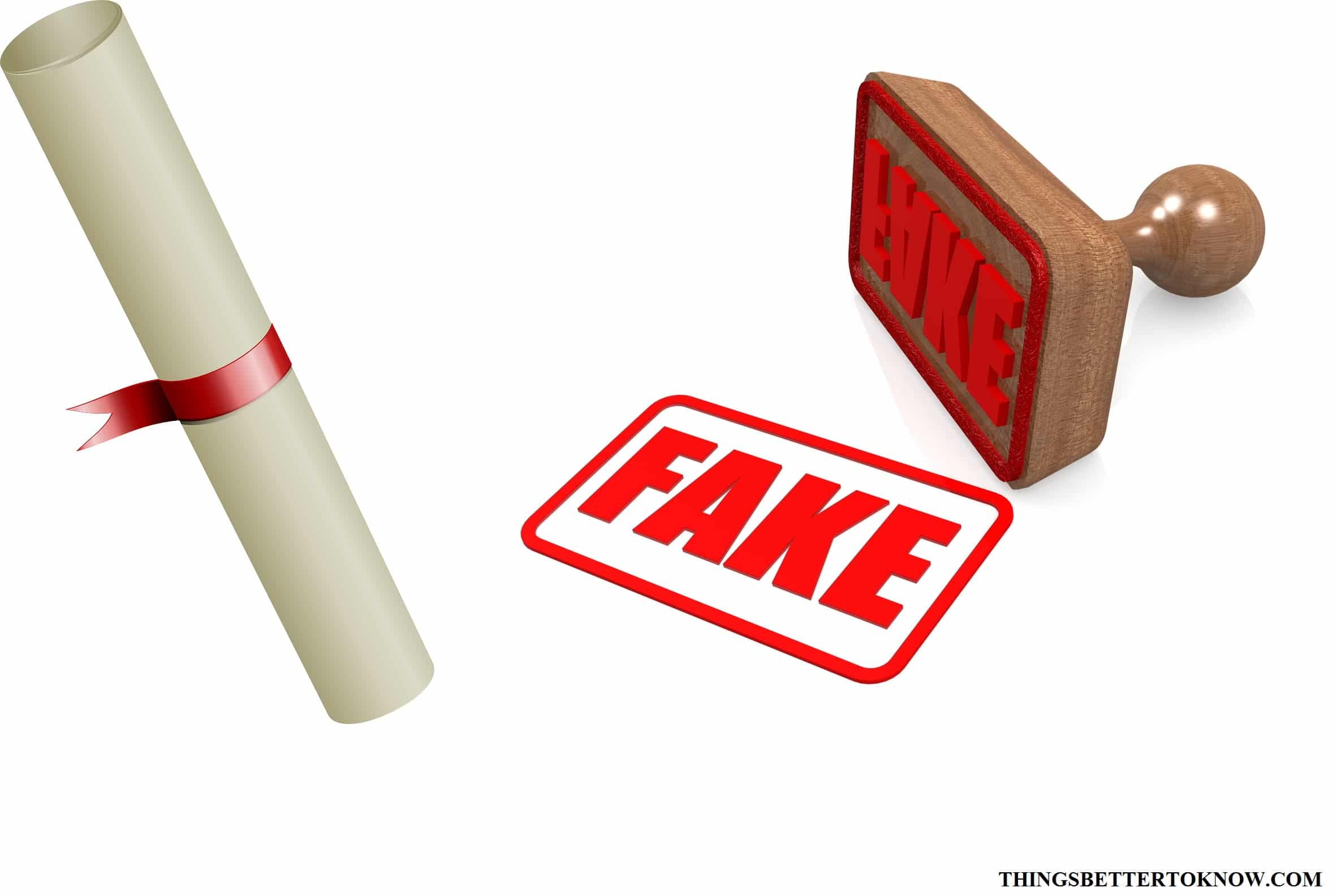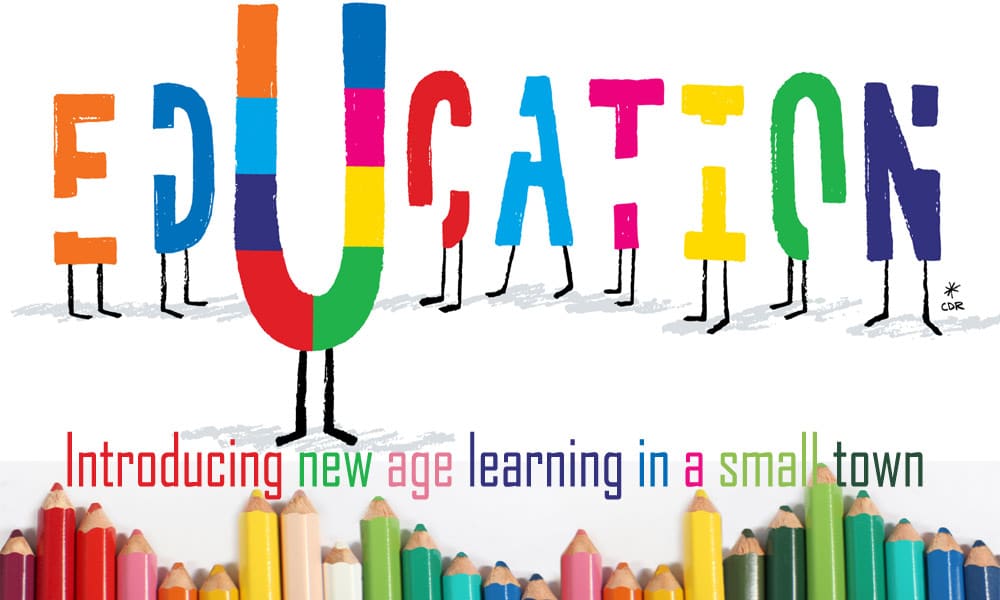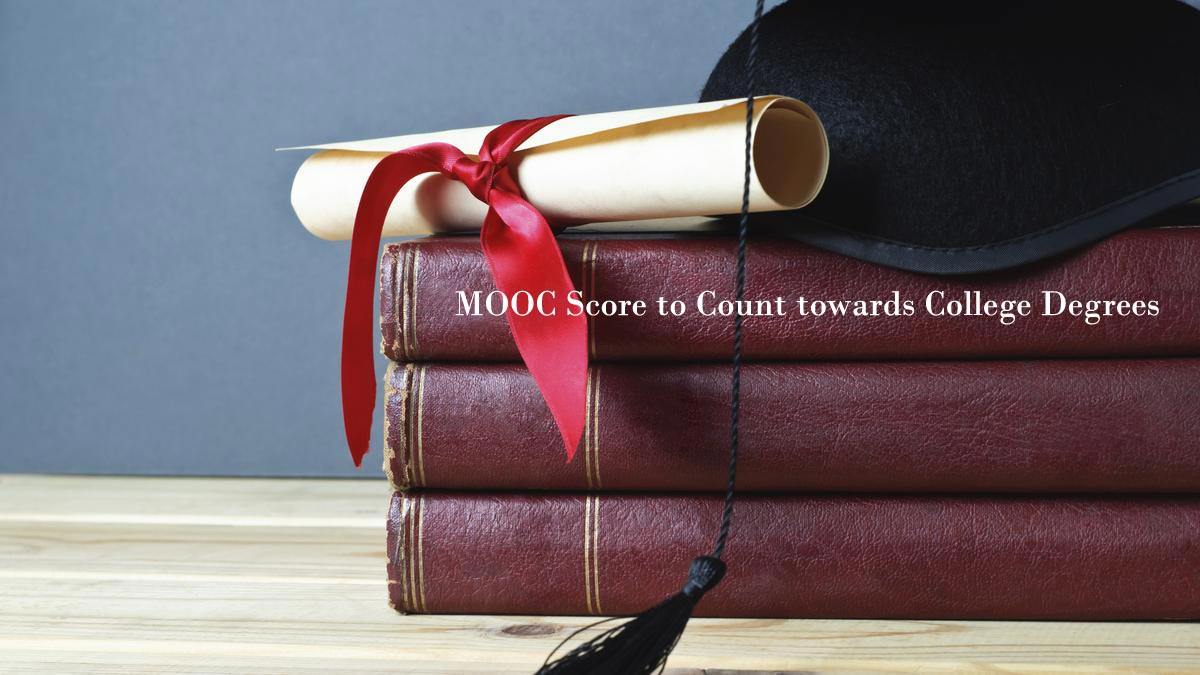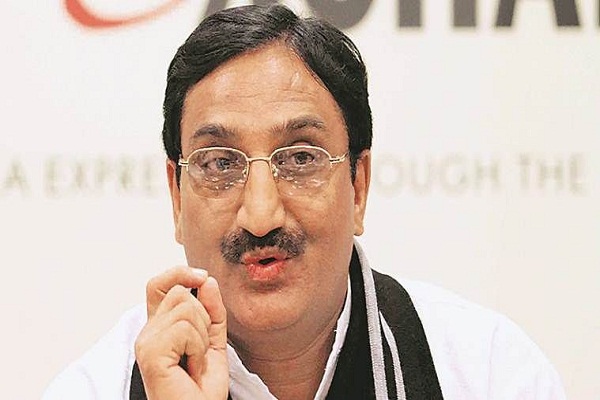Bharat Lal Meena, making a mark as the Managing Director of KPTCL by initiating ICT projects in Karnataka, is now on a new mission of making ICT an efficient tool for Learning, Governance and Academic activities as the Additional Chief Secretary, Department of Education (Higher Education), Government of Karnataka. He shares with T Radhakrishna and Sudheer Goutham of Elets News Network (ENN) about the Department’s mandate, initiatives, action plans, challenges in implementing ICT and more
Describe the Education Department’s mandate and its objectives. Who are your key stakeholders? The mandate is to make quality education affordable and accessible to all sections of students. The department deals with Higher Education i.e., college, universities and technical education. Its objectives are:’
Development of undergraduate and postgraduate education; v Increasing access to Higher Education;
Development of infrastructure in Government colleges;
Maintaining high standards of education in colleges.
The key stakeholders are students, faculty, administration, parents and people in general.
What systems and processes have you used to ensure the effective running of the department’s functions? In which functions, do you use ICT and how?
The history of implementation of ICT in universities/colleges was poor till mid-2015. Basic computing was available in each office or institution, but office automation did not exist. The day-to-day functions of Higher Education were not connected in real-time IT environment. However, the potential for using ICT in the Higher Education is enormous. ICT is very useful tool for Learning, Governance and Academic activities.
In the absence of systems and processes, monitoring is a challenge. So is data sharing. There was low priority for collating and updating data. Cyber security and information overload are some other concerns. Going forward, the Education Department is seeing a massive ICT implementation to bring in digitization in Higher Education.
While office automation is one aspect of it, there are a host of other student-centric initiatives. After I had joined the department about 15 months ago (in February 2015), I studied the situation and in Higher Education to bring in productivity, accountability and transparency in the day-to-day functions. As part of this, I travelled to all the universities and held meetings with officers concerned and later called for presentations on best practices in Higher Education. Data sharing must be linked with critical areas like approval, renewal, grants, etc. Finally, we came out with a roadmap for ICT initiatives after elaborate discussions with internal stakeholders.
Explain your 100-point ICT plan for your Department’s improvement.
The Department has prepared a roadmap for ICT initiatives to facilitate ease of administration and academic reach for students in universities and colleges. The programme aims to provide end to end digital solution from admission to completion of education, covering all functions of the Department and its stakeholders.
The 100-point table is nothing but an action plan for each requirement of the Department’s functions. Of them, 15 ICT initiatives and solutions are related to Administration; 22 exclusively for Universities; six exclusively for Colleges; 15 for Colleges and Polytechnics; 12 for Universities and Colleges; and 30 for Universities, Colleges and Polytechnics. The action plan has mapped the entire functions of key stakeholders – Students, Faculty and Administration, and feedback mechanism to Parents.
There is a need for synergy of data exchange of different portals such as AISHE, UGC, AICTE, NAAC, NBA, DISE, MCA, etc. ICT initiatives in higher education need to be encouraged. Scalable and robust ERP – type ICT solutions could be developed and made available to all states by MHRD, based on the Karnataka model
What is the status on ICT initiatives? What is the main aim of ‘Jnana Sangama’?
We have tested ICT initiatives on a pilot basis with the support of National Informatics Centre (NIC) and adopted most of the initiatives in a holistic manner. All the initiatives are interconnected. Software is freely available to all institutions. The Department has set June 1, 2016 for completing 100 percent ICT implementation.
On November 6, 2015, the department launched ‘Jnana Sangama’ (Convergence of Knowledge), an ICT enabled programme in the presence of TB Jayachandra, Minister of Law, Parliamentary Affairs and Higher Education and Vice Chancellors of Universities. It is aimed at digitization of Higher Education institutions in the State. This ICT initiative is the ‘Smart Karnataka Education Yardstick’ (Smart-KEY), designed for digitizing most of the teaching materials in public and private domain throughout the State.
Through Jnana Sangama, the Higher Education system in Karnataka – 50 Universities, 2992 undergraduate and postgraduate Colleges, 305 Polytechnic Colleges, and 207 Engineering Colleges will get a major boost.
Highlight Student-Centric initiatives.
Major thrust will be given to make the processes of entire pre and post-exam and admission, online. The Department will introduce online application and admission process for undergraduate and postgraduate courses. Digital attendance registration, inter-university information highway, and online affiliation process are on the anvil. While some of these are partially implemented this year, the Department is looking at full-scale implementation from the next academic year. The Department will make the entire admission process online, including the application process. This will be implemented across all Government aided and unaided institutions for undergraduate and postgraduate courses. Not every student can secure admission in top colleges. However, on this account alone, students should not miss out on quality education. This is the principle with which e-content sharing is being implemented. To begin with, 22 top colleges have been selected to record their lectures and share teaching aids with other institutions. The department has signed MoUs with private universities for sharing e-content, including video classes.
The Department of Higher Education, Government of Karnataka has prepared a roadmap for ICT initiatives to facilitate ease of administration and academic reach for students in universities and colleges. The programme aims to provide end to end digital solution from admission to completion of education, covering all functions of the department and its stakeholders
Do you have any suggestions to Ministry of Human Resource Development (MHRD)?
There is a need for the synergy of Data exchange of different portals such as AISHE, UGC, AICTE, NAAC, NBA, DISE, MCA, etc. ICT initiatives in Higher Education need to be encouraged. Scalable and robust ERP type ICT solutions could be developed and made available to all states by MHRD, based on Karnataka model. Quarterly National level workshops in different regions be held for sharing best practices and case studies be undertaken and sponsored. Financial support be extended for reforms-linked activities and annual awards and incentives to innovative initiatives in states should be taken up.
